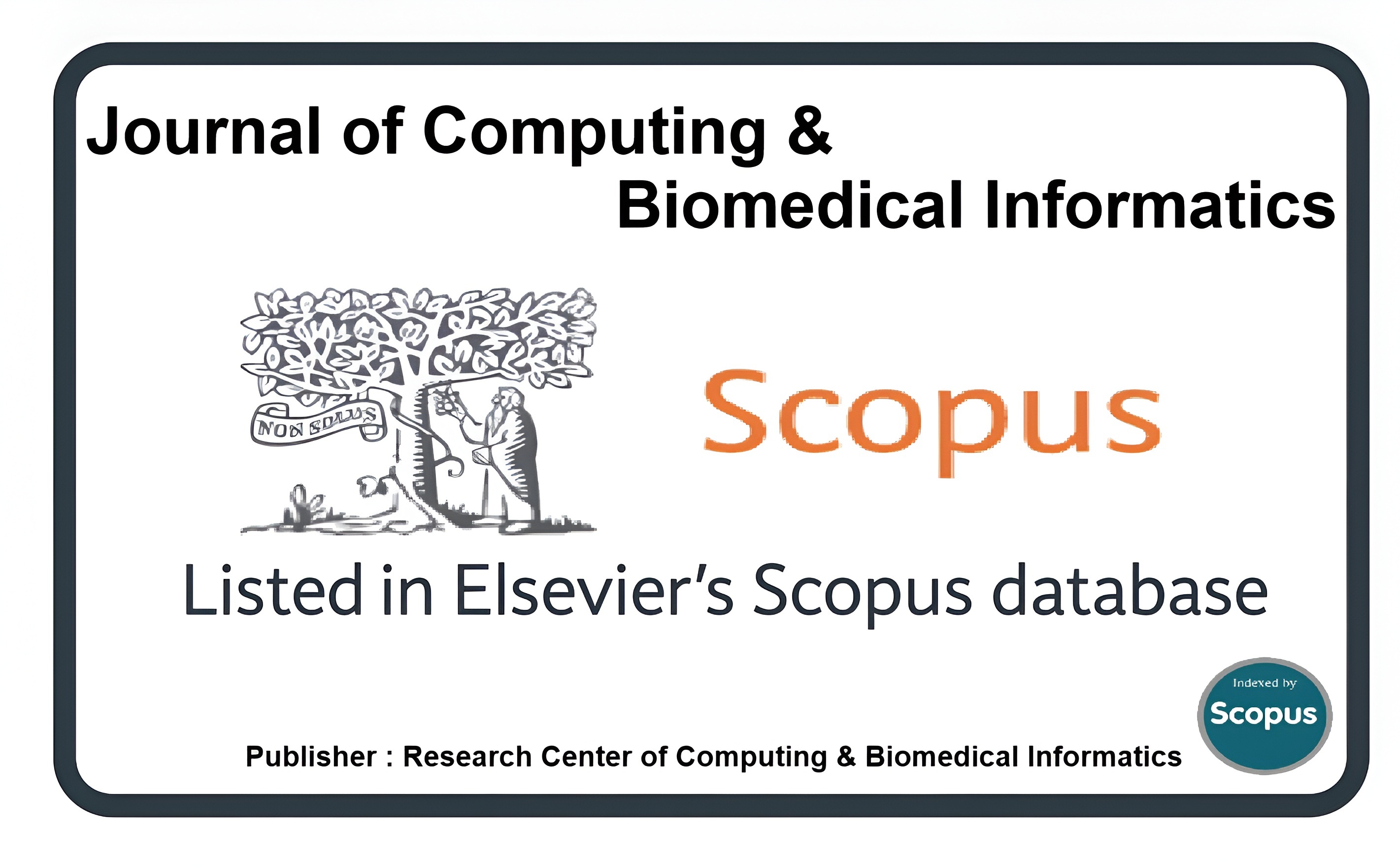A Technique for Safeguarding Legitimate Users from Media Access Control (MAC) Spoofing Attacks
Keywords:
MAC Spoofing, Network Security, Kea DHCPAbstract
Both wired and wireless networks are susceptible to MAC spoofing attacks, in which an attacker pretends to be a legitimate user on the network by changing the MAC addresses of both Ethernet and wireless devices. Authorized MAC addresses can, however, be easily impersonated to launch a variety of attacks, including phishing, denial-of-service attacks, SIP Registration hijacking attacks, and denial-of-access attacks. Cybercrime detectives face a formidable barrier when attempting to impersonate a legitimate user's MAC address. We suggest using Kea DHCPv4 and MySQL as the back-end database to implement an SMS-based system. Our objective is to completely safeguard real users from MAC spoofing assaults. The combination of MAC address and mobile number as host-name is what distinguishes the suggested technique from others. If the legitimate user is utilizing the network service, he can ignore the alarm message from the SMS application. If not, the legitimate user can tell the network administrator to block the IP address of the errant user. In this article, we successfully apply the suggested technique, identify the intruder via SMS alert message, and safeguard the machine of the authorized user via the network administrator. A prototype is used to confirm the veracity of the suggested methodology. The discussion section goes into further detail about how the proposed methodology was implemented using this prototype.
Downloads
Published
How to Cite
Issue
Section
License
This is an open Access Article published by Research Center of Computing & Biomedical Informatics (RCBI), Lahore, Pakistan under CCBY 4.0 International License





